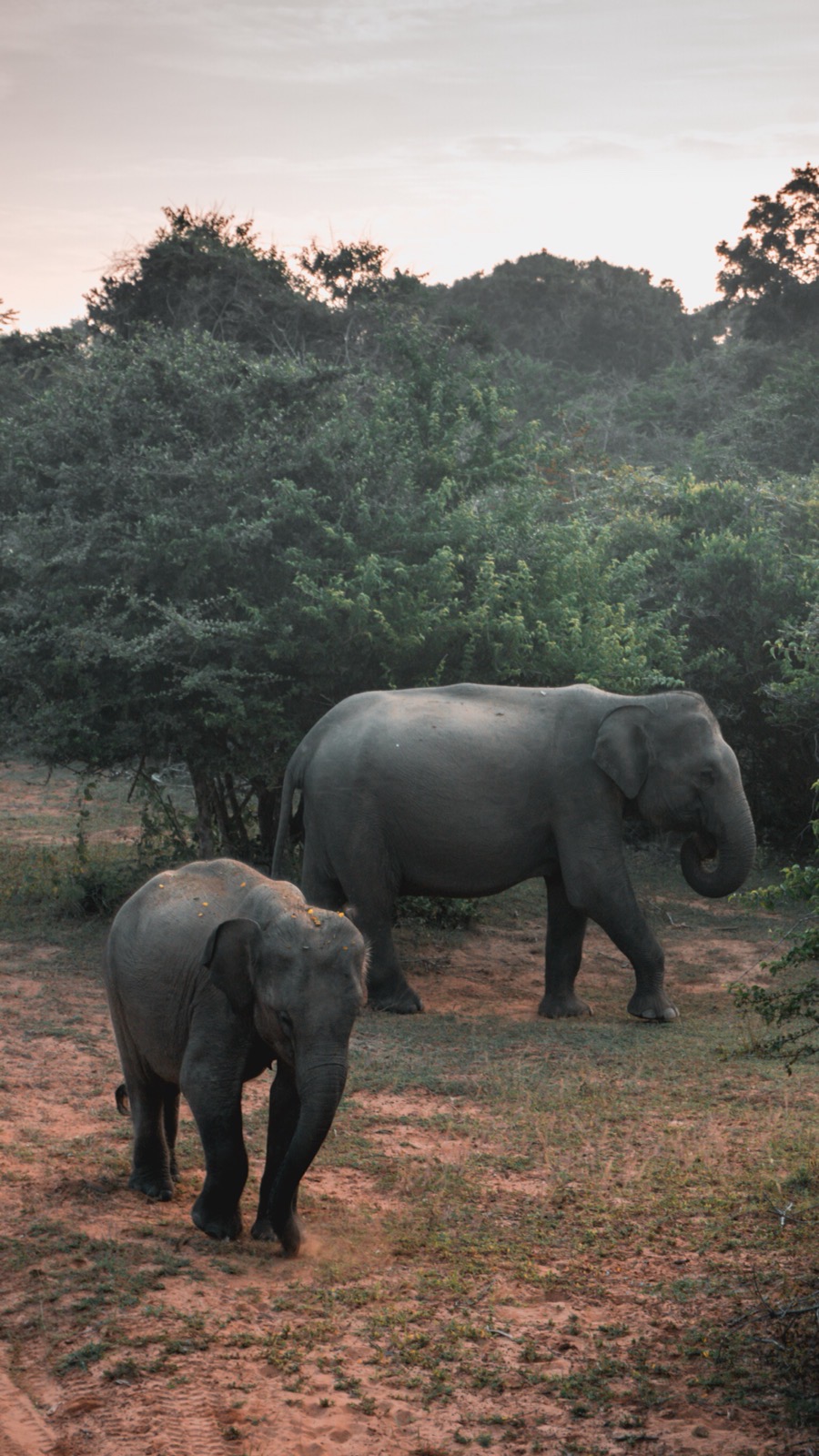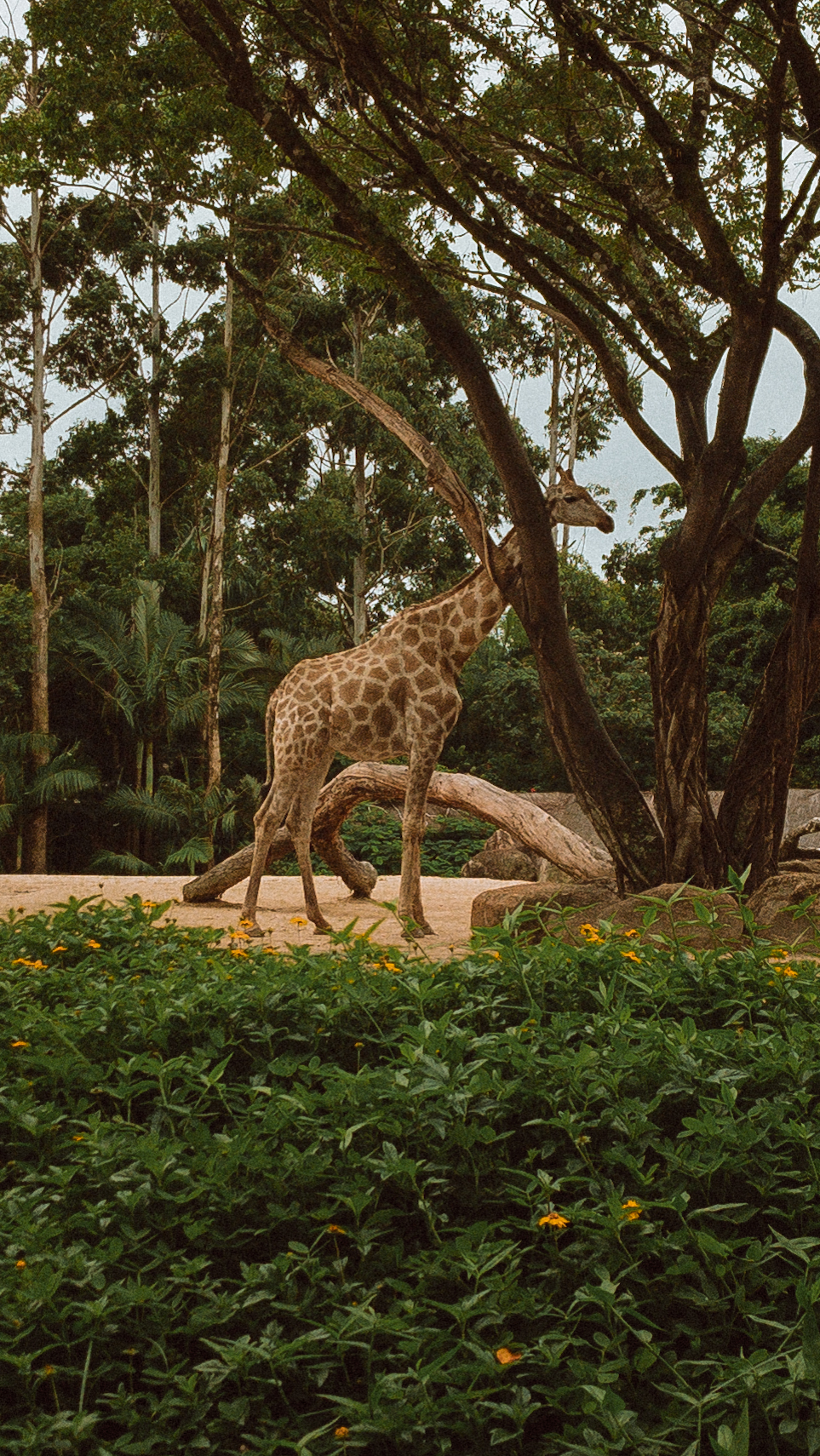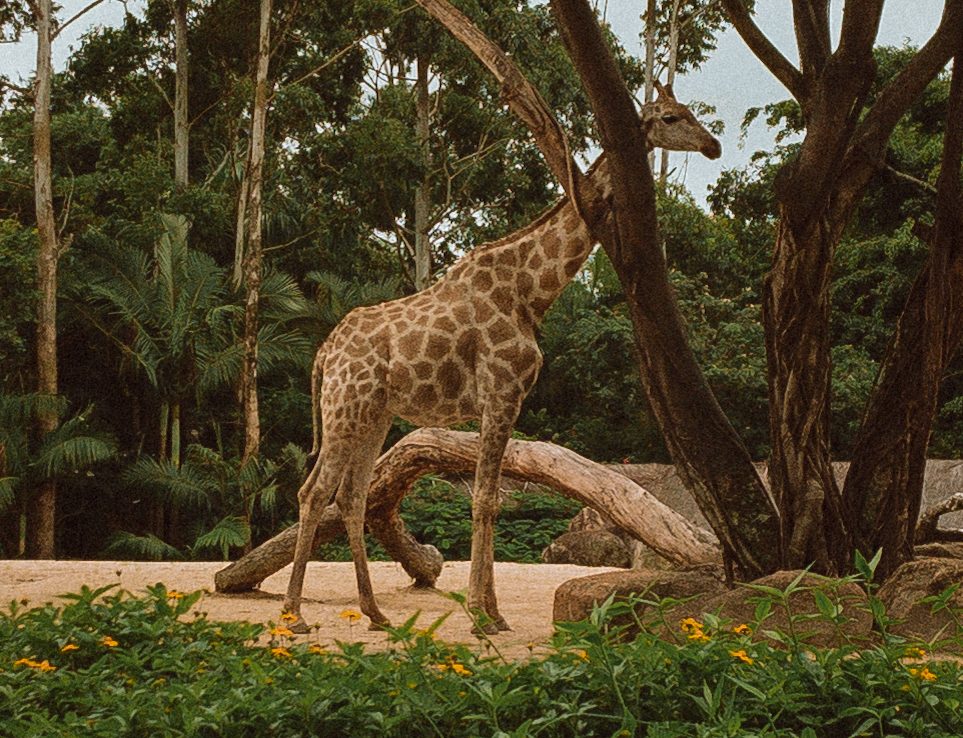There’s something unforgettable about seeing wild animals in their natural environment—graceful elephants moving through the savanna, whales breaching through icy waters, or monkeys leaping through lush jungle canopies. But what makes certain places perfect for viewing specific wildlife isn’t just luck.
It’s the combination of climate and vegetation that creates a thriving ecosystem.
We have listed the best places to see iconic wildlife—and how the unique climate and vegetation make them ideal for these encounters.
Elephants in Botswana’s Okavango Delta
Best time to visit: May to October (dry season)
The Okavango Delta is a UNESCO World Heritage Site, known for its seasonal floodplains and rich biodiversity. During the dry season, floodwaters from Angola fill the delta, creating a lush green oasis in an otherwise semi-arid landscape. This attracts elephants (alongside lions, leopards, and buffalo) in large numbers, drawn to the abundance of water and fresh vegetation.
Climate and vegetation is subtropical semi-arid. There are seasonal wetlands, papyrus reeds, and floodplain grasses.

Giraffes and big cats in the Serengeti, Tanzania
Best time to visit: June to October
The Serengeti’s endless grassy plains make it one of the best places for wildlife safaris. The open savanna is ideal for spotting giraffes, cheetahs, and the famous great migration of wildebeest and zebras. The combination of warm temperatures and predictable dry and wet seasons supports a rich ecosystem.
Penguins in Antarctica
Best time to visit: November to March (Antarctic summer)
While Antarctica may seem inhospitable, its icy terrain and cold waters are perfect for penguins—especially emperor and Adélie penguins. During the summer months, the sea ice melts just enough to allow access to nesting grounds, and nutrient-rich waters bring krill to the surface, feeding huge colonies.
The polar climate and icy tundra, minimal vegetation (mostly moss and lichen), nutrient-rich surrounding waters makes Antartica perfect to see our little friends in Tuxedos.
Locally, you can visit Boulders Beach in Simon’s Town to get up close and personal with the resident penguin colony.

Macaws in the Amazon Rainforest, Brazil
Best time to visit: July to December (drier season)
The Amazon is the most biodiverse rainforest in the world. Its hot, humid climate and layered vegetation structure—canopy, understory, and forest floor—create endless niches for colourful birds like macaws, toucans, and parrots. Clay licks along riverbanks also attract macaws for mineral consumption, offering a rare sight for visitors.
The climate and vegetation is tropical rainforest and dense evergreen forest, high humidity, year-round rainfall.
Tigers in Ranthambore National Park, India
Best time to visit: October to June
Ranthambore’s dry deciduous forest is one of the best places to spot Bengal tigers in the wild. The sparse vegetation during the dry season increases visibility, and the park’s mix of open meadows, ancient ruins, and water bodies provides a thriving environment for prey species and the tigers that hunt them.
Other iconic places to view wildlife according to the climate:
- Kenya for giraffes
- Iceland for humpback whales
- South Africa for rhinos
- Australia for kangaroos
- Maldives for sharks
- Belize for manatees
- Uganda for gorillas
- China for giant pandas

Whether you’re dreaming of a safari, a jungle expedition, or a polar voyage, understanding what makes a place ideal for certain species turns travel into something truly awe-inspiring.
Where will your next wild encounter be?
ALSO SEE:
Featured Image: Dupe Photos

